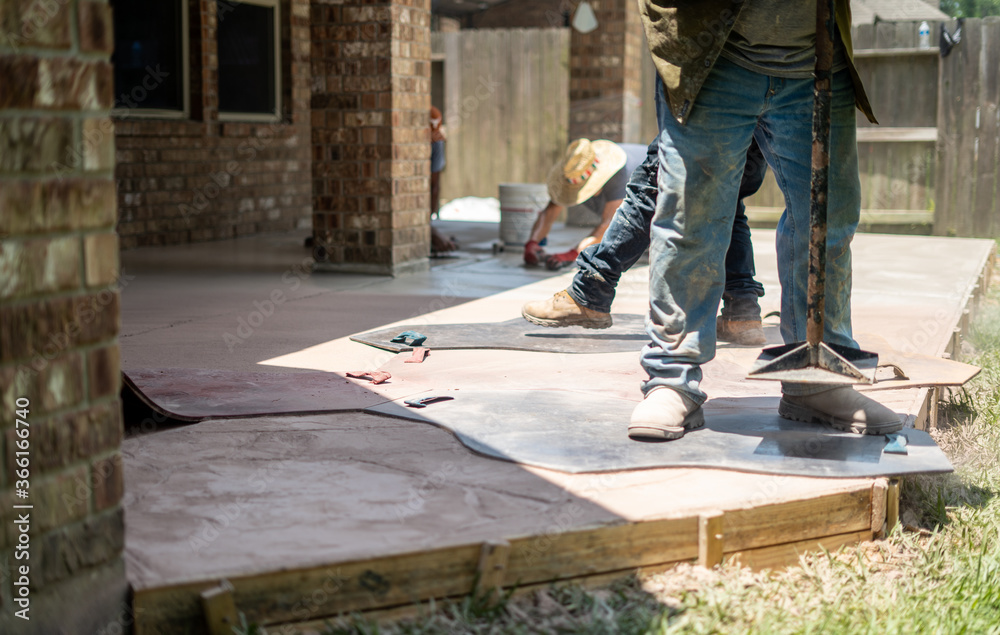BLOG
How Concrete Strengthens the Modern Cityscape
by TRP Ready Mix on April 21, 2023
The Vital Role of Concrete in Urban Development
Concrete plays a pivotal role in shaping our urban landscapes. It’s hard to imagine a cityscape without this ubiquitous material underpinning our infrastructure. From towering skyscrapers to the network of roads and bridges we traverse daily, concrete is a stalwart companion in our urban journey.
The reasons for concrete’s popularity in urban development are many. Its incredible strength and durability make it ideal for constructing long-lasting structures. It’s versatile, lending itself to a multitude of architectural designs. Moreover, it’s economical, making it a cost-effective choice for large-scale urban projects.
Notable Concrete Structures in the Ottawa Region
Ottawa, with its blend of historic charm and modern vibrancy, features numerous notable concrete structures. Take, for instance, the Shaw Centre with its glass and concrete design offering panoramic views of the city. Or the National Arts Centre, a Brutalist architectural marvel made predominantly of precast concrete.
Residential structures too, like the iconic Beaver Barracks community housing, showcase the flexibility and strength of concrete. On the infrastructural side, the concrete bridges traversing the Rideau Canal stand as a testament to concrete’s durability and aesthetic appeal.
The Environmental Impact of Concrete
Concrete, while indispensable in our modern world, is not without its environmental implications. The production of cement, a key component of concrete, involves the emission of CO2, contributing to the greenhouse effect. The widespread use of concrete in urban environments can also lead to the heat island effect, whereby urban areas become significantly warmer than their rural surroundings.
However, the concrete industry is not blind to these challenges and has been actively working towards mitigating these impacts, evolving over time to adopt more sustainable practices. In response to the CO2 emissions from cement production, efforts are underway to develop ‘low-carbon’ cements. Companies are investing in technologies such as carbon capture and storage (CCS) to reduce the carbon footprint of cement production.
Newer, more sustainable forms of concrete are now available, such as ‘green concrete,’ which incorporates recycled materials or uses less energy in its production. Moreover, when used in construction, concrete structures typically have a long lifespan, reducing the need for frequent replacement and the environmental impact associated with it.
In an effort to promote a circular economy, end-of-life concrete can be crushed and recycled, used as aggregate in new concrete mixes or in applications such as road construction, reducing waste and conserving natural resources. The drive towards sustainability in the concrete industry is an ongoing journey, and as we continue to innovate and develop, the environmental footprint of concrete is set to decrease.
Innovations in Concrete for Urban Use
As cities around the world evolve and expand, so too does concrete technology. The need for durable, versatile, and sustainable materials has led to continuous innovations that make concrete more suitable for urban use.
One exciting development in this area is self-healing concrete. This ingenious innovation introduces bacteria into the concrete mix, which are activated when water enters through cracks. The bacteria then produce limestone, effectively ‘healing’ the cracks and potentially prolonging the structure’s lifespan.
There’s also high-strength concrete, capable of withstanding enormous pressures. This advanced concrete type has unlocked new possibilities for urban architecture, allowing for the construction of taller, more slender buildings. This has been a game-changer in crowded urban centers where space is at a premium, allowing for more efficient use of available land.
Another remarkable innovation is permeable concrete, a porous material that allows water to pass through. In urban settings, where surfaces are often impermeable, this can significantly reduce runoff during heavy rainfall, helping to prevent flooding and the overloading of sewer systems.
Moreover, the advent of smart concrete, embedded with sensors that can detect stress or damage, promises to revolutionize infrastructure management by providing real-time data about the structural integrity of buildings and roads.
The future of urban development will undoubtedly continue to be shaped by these and other innovations in concrete technology. By continually advancing and adapting, concrete will retain its position as the cornerstone of urban construction, meeting the complex and varied demands of our evolving cities.
How TRP Ready Mix Contributes to Ottawa’s Urban Landscape
At TRP Ready Mix, we’re proud to contribute to Ottawa’s vibrant cityscape. Our ready-mix concrete is used in a myriad of projects, from residential buildings to large infrastructural developments. Our focus on quality, customer service, and sustainability has made us a trusted partner in the city’s growth.
We’ve seen firsthand how concrete shapes and strengthens our urban environment, and we’re committed to providing products that meet the city’s evolving needs. Whether it’s a small residential project or a large-scale urban development, we’re here to deliver superior ready-mix concrete solutions.
The Future of Concrete in Urban Planning
Looking ahead, concrete will continue to play a significant role in urban planning. Its flexibility, strength, and cost-effectiveness make it indispensable in an urban context. As we strive towards more sustainable, resilient cities, innovations in concrete will be key.
From concrete that absorbs CO2, to more energy-efficient production processes, the future of concrete looks promising. At TRP Ready Mix, we look forward to being part of this exciting journey, delivering high-quality concrete products that shape Ottawa’s future cityscape.

